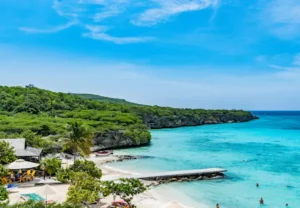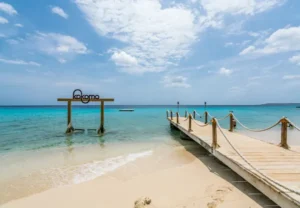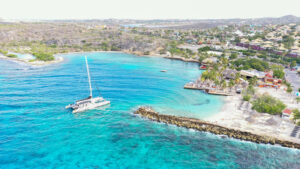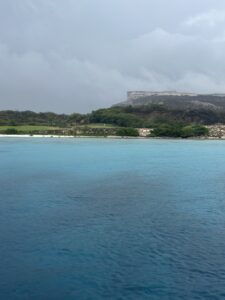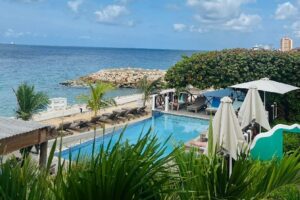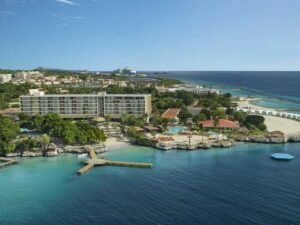Coral Reef Restoration
Once upon a time there where many coral in the Caribbean and worldwide. Not anymore. Today they are decreasing in large numbers due to human induced stressors such as climate change and disease. Some corals are even critically endangered and on the IUCN Red List.
But we can help and you can too! We can protect and restore the coral reefs and preserve them for future generations. By supporting BRANCH you can become and active part of reef restoration no matter where you are.
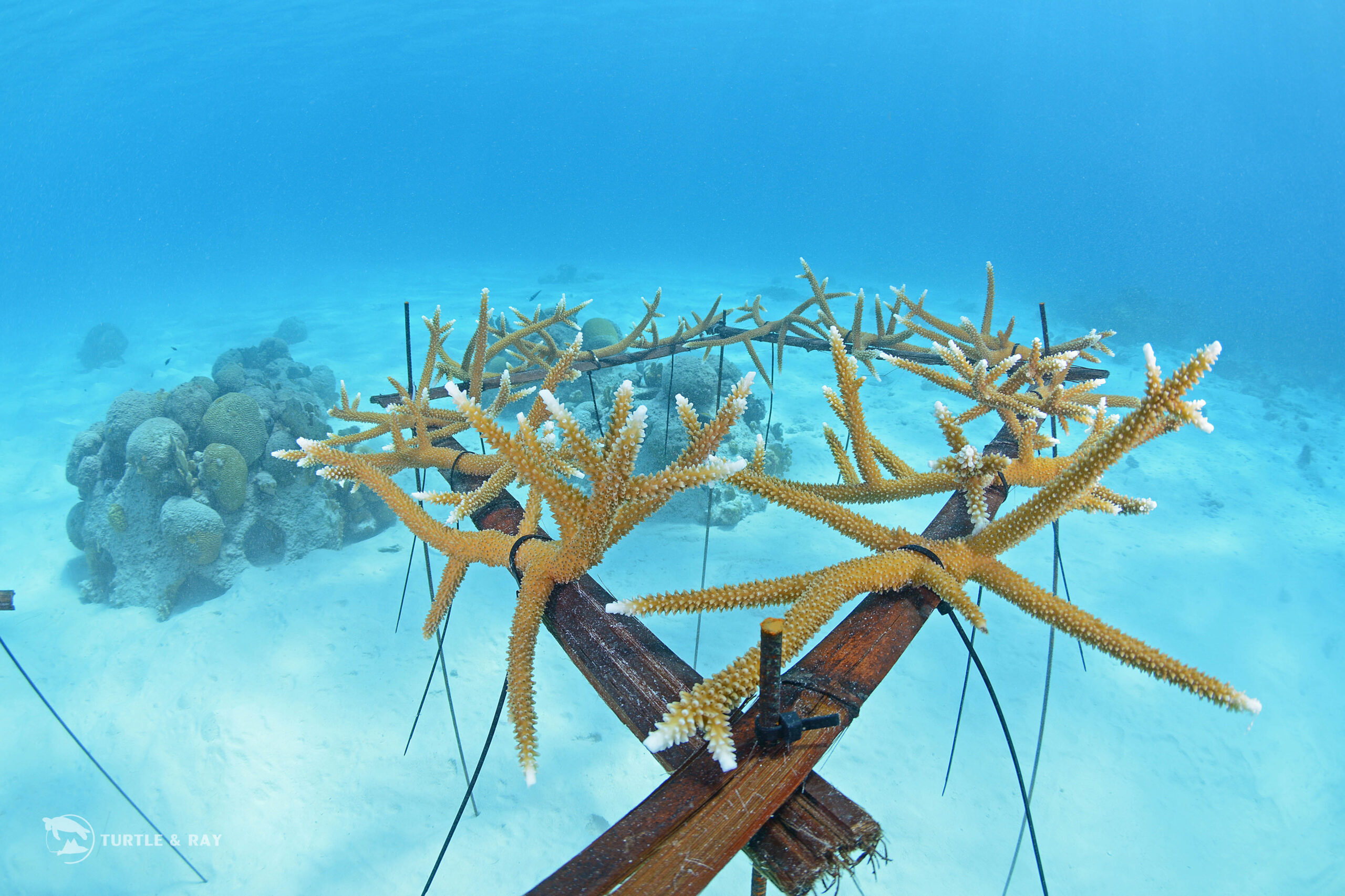
What are corals?
Corals are often mistaken as plants, yet they are colonies of marine animals, so called polyps. Each polyp is tube-shaped and has a mouth that is surrounded by stinging cells, which they use to capture their prey and defend themselves. This is why when touching coral you sometimes get a rash, which is one more important reason why you should not touch coral. Another reasons is that you might hurt the polyps.
Corals are sessile, like many cnidarians, the group of animals they are attributed to, meaning they are stuck to the ocean floor.
Corals are divided in hard and soft coral. Hard corals are very important as they are reef building. Their calcium carbonate skeleton forms the structure of coral reefs and makes them a keystone species of this ecosystem.
Corals have important subtenants which live in a symbiotic relationship. These algae, zooxanthellae, live within their tissue and provide nutrition through photosynthesis. These subtenants are also the reason corals are so colorful. Without zooxanthellae, corals would be transparent, only showing their white skeleton. This also explains the phenomenon of coral bleaching. When the coral is stressed due to e.g. too high sea surface temperature, it kicks their subtenants out, loosing their color and more importantly their food source. A bleached coral can therefore not survive long term and will eventually die.
Why are corals important for all of us?
Corals are marine superheroes. Although they only cover less than 1% of the ocean floor, they are incredibly important for our blue planet and our survival.
Provide habitat and nursery for 25% of all marine life
No reefs, no fish. More than 500 million people depend on the fisheries that coral reefs support.

Natural Coastal Protection
Reefs act as natural barriers reducing wave, storm and erosion impact on coastlines.
Tourism & Recreation
Without coral reefs there would be no tourism in certain places. The economic impact of this is estimated at $36 billion per year.

Current and future pharmaceuticals
A significant number of antibiotic, anti-cancer and anti-inflammatory substances we are already using today come from marine sources and there is great potential for more.
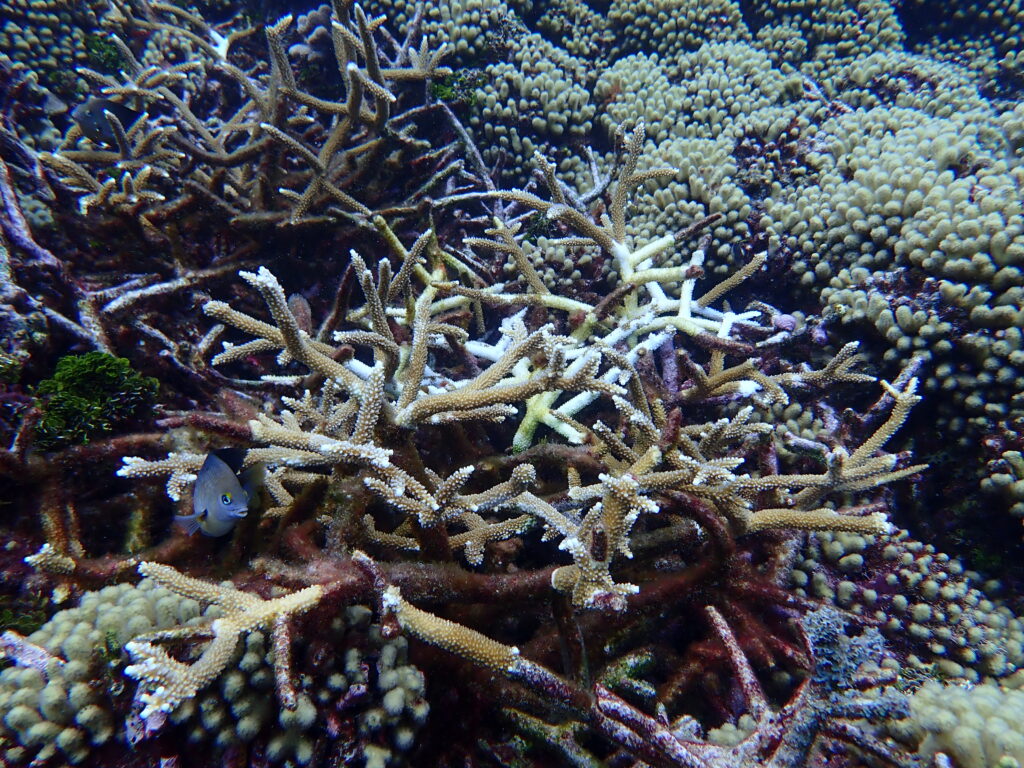
Threats for coral reefs
Once thriving in all oceans, today corals are threatened everywhere. Most of these threats are caused by humans. Yet, humans can help coral, by means of active and passive coral restoration.
- Climate change: Ocean Acidification
- Climate change: Increase in Sea surface temperature
- Pollution: Land and Marine based
- Unsustainable fisihing: Overfishing & Destructive fishing
- Coastal development & Tourism
- Disease outbreaks
- Natural disasters
- Invasive species & predation
How to restore coral?
There are different ways to restore coral reefs. Corals can reproduce both sexually and asexually. At BRANCH, we build on the corals ability to asexually reproduce through a method called coral gardening. To get an idea of the approach we have summarized the main steps below. If you want to learn more about this enroll in our Coral restoration course.
1. Pick a site
An adequate site is essential for coral restoration. Is the species you are seeking to restore living on this site? Why don’t they thrive anymore or need support? Are the environmental conditions right?
These are all questions that need to be answered before picking a location.
2. Get a permit
Building a coral nursery usually requires a permit by the responsible local authorities. The process can be lengthy depending on the scope of the project. BRANCH offers expert permitting and hands-on support to build your nursery. Once the permit is received, nursery building is the next step.

3. Build and fill the nursery
Is the nursery land-based or in-water? How many coral fragments are you planning on regrowing in your nursery? Will you use fragments of opportunity or from a mother colony? Do you have genetic diversity and are the corals you use healthy?
All questions answered; then you can get to work and fill your trees.
4. Maintenance & Monitoring - keep your coral clean
Coral nurseries have to be cleaned regularly to prevent colonization by harmful algae, fire coral, fireworms and snails. Only healthy corals grow, which is why we clean them by hand in regular intervals. We monitor every single fragment in our nurseries to make sure it reaches the required growth to outplant.
5. Outplanting
Yay! The coral have made it. If properly cleaned and monitored, after approximately 6 months, the corals are big enough to be placed back on the reef. For an outplanting to be successful you have to pick the right site, genets and outplanting structure. Once the corals are outplanted they can effectively enhance the coral population, kickstarting the revival of a whole ecosystem.
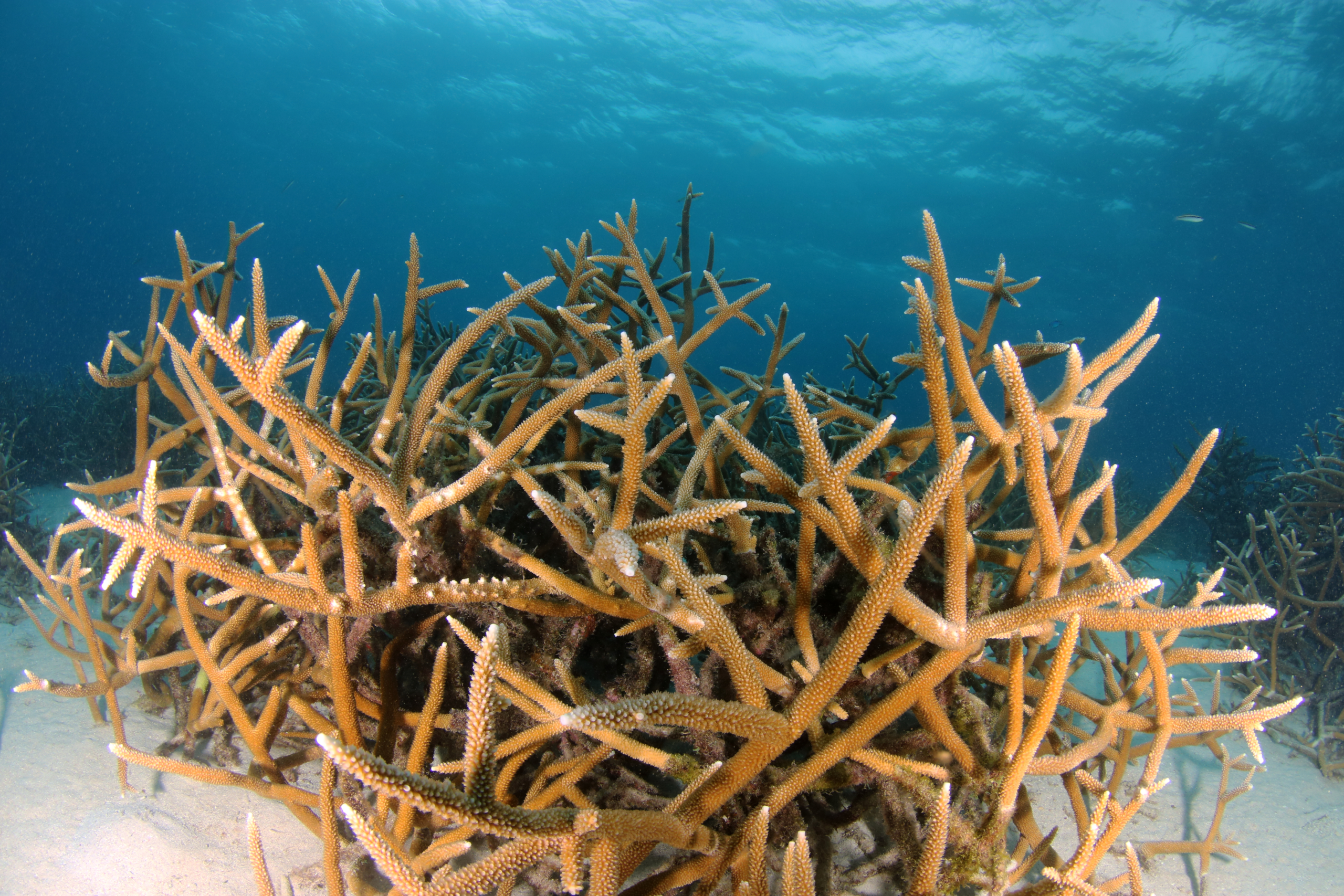
Acropora Cervicornis, The Staghorn Coral
The staghorn coral is a hard coral species that used to be wide spread in the entire Caribbean. However, their populations have been reduced by more than 90% in the last few decades. Being an important reef building species, this is catastrophic for the whole ecosystem. Therefore, most reef restoration activities in the Caribbean region have focused on this species. It is also the one we started our conservation efforts with.
Despite successful efforts, the species remains under threat as its stressors have not been eliminated yet. Staghorn needs all the help it can get – Be part of the change it needs.
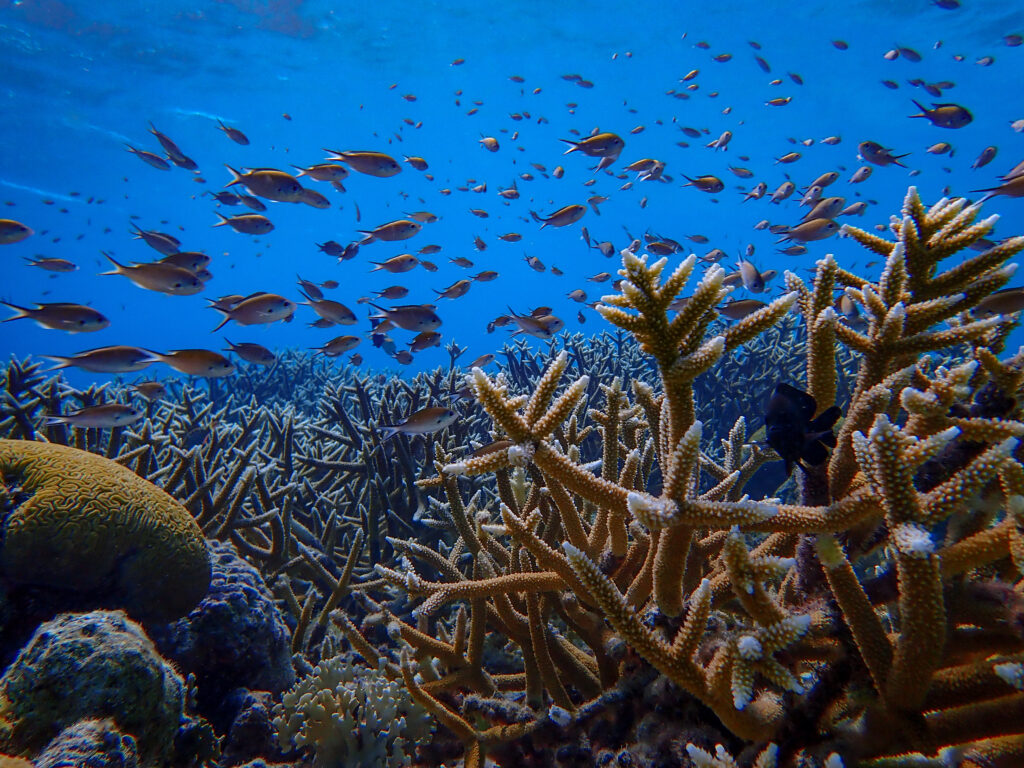
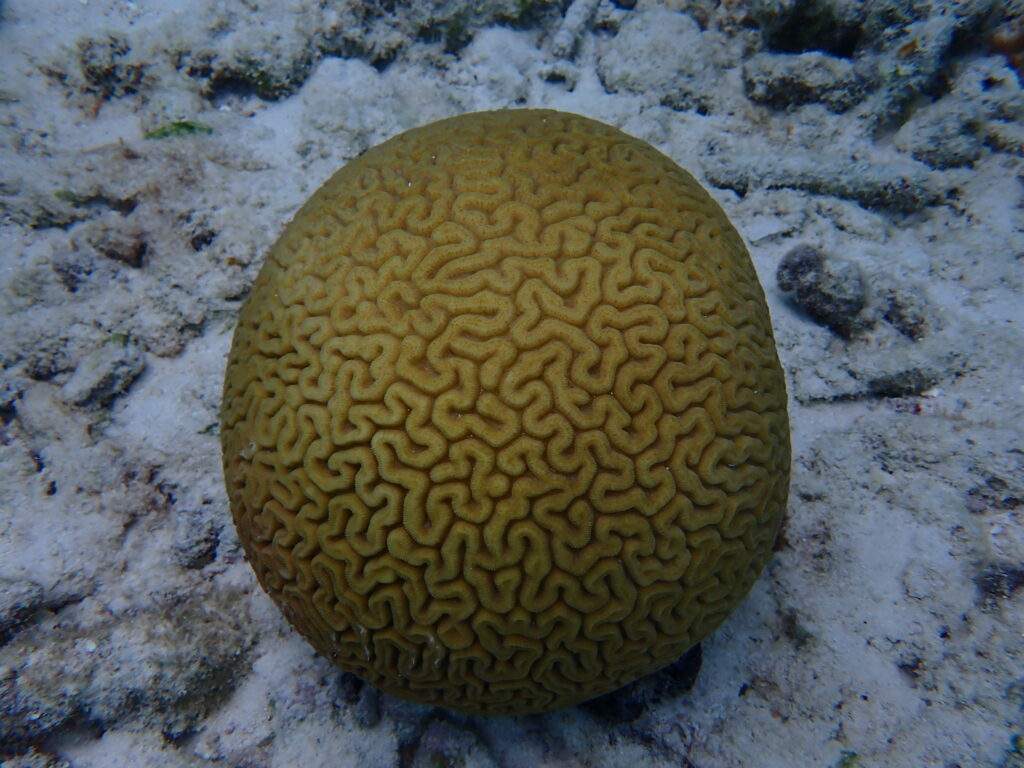
Diploria Labyrinthiformis,
The Grooved Brain Coral
The grooved brain coral is a bouldering coral and key reef-building species. There was a time when it used to cover big parts of the Caribbean Sea. Yet in the last decade the Stony Coral Tissue Loss Disease, to which it is highly vulnerable, has decreased its numbers rapidly. In April 2025 BRANCH has launched a pilot project to restore this critically endangered coral. Early 2025 we have received a permit to grow and support this coral species by a noval technique called microfragmentation. By selecting and cultivating corals that show immunity against SCTLD, we give them a fighting chance.
What our restoration efforts have achieved
We Grow. Coral. Together and are proud of our achievements.
Before / After
Join us in making a difference! Explore our various coral adoption experiences and contribute to ocean restoration.


Porto Mari Beach
Partner Porto Mari
Address: Plantage Porto Mari (Beach)
Sint-Willibrordus
Curaçao
Jan Thiel Beach
Partners Jan Thiel
Address: Jan Thiel Beach
Willemstad
Curaçao
Eel Valley
Partner Eel Valley
Address: Santa Barbara Estate, Port Blancu Willemstad,
Curaçao
Pietermaai Beach
Partner Pietermaai
Address: Kaya Wilson (Papa) Godett 80, Pietermaai
Curaçao
Dreams
Partners Dreams
Address: John F. Kennedy Boulevard, Willemstad, Curaçao
Our coral restoration nurseries
Do you want to see reef restoration in action? Find our nurseries on various locations on Curaçao.
Discover how you can support coral restoration
Do you want to help us help the reef and don’t know how?
No panic!
Discover the options to support our mission and start restoring reefs together.
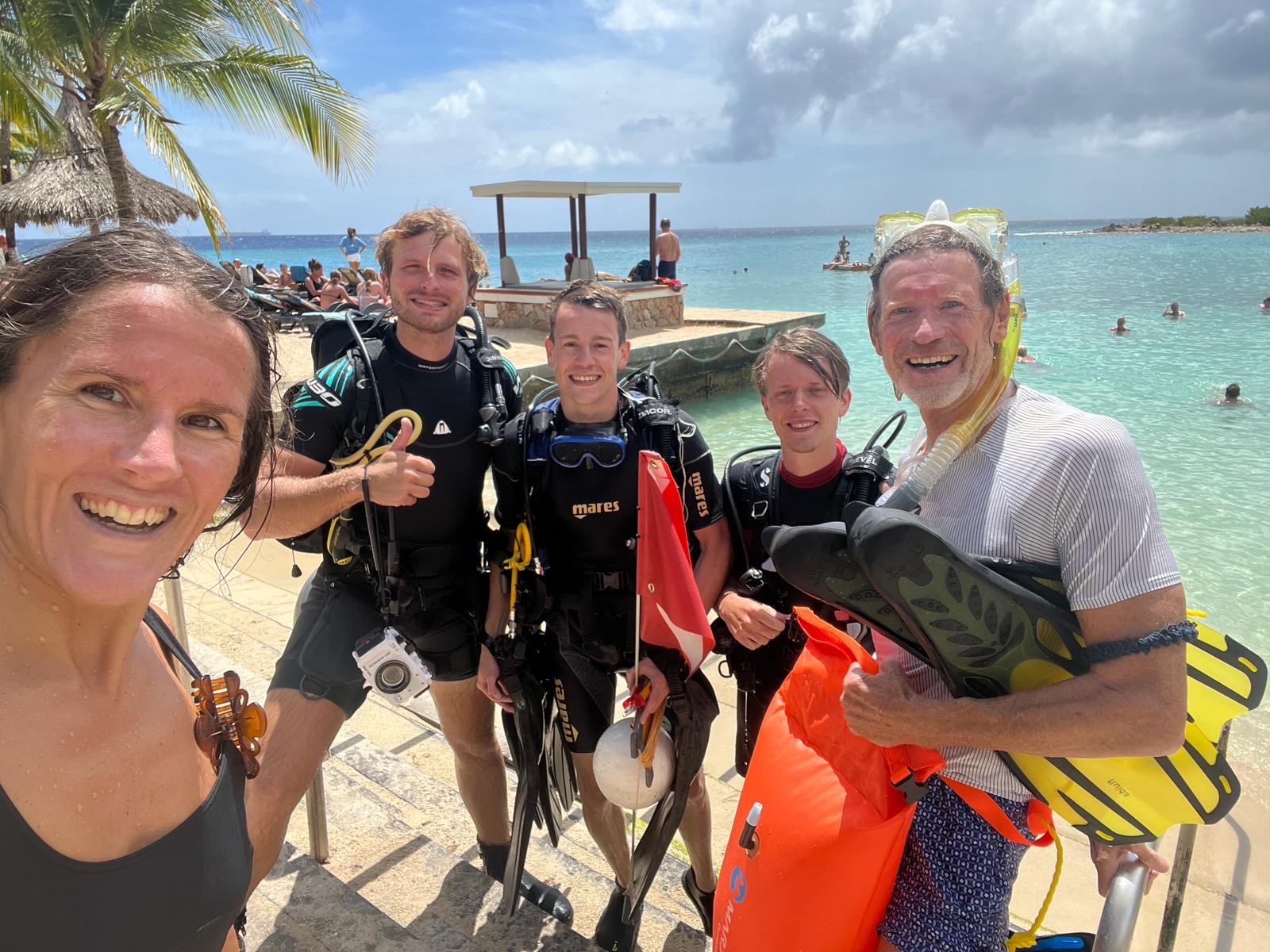
Take part in an educational nursery visit and learn more about about coral conservation on site.
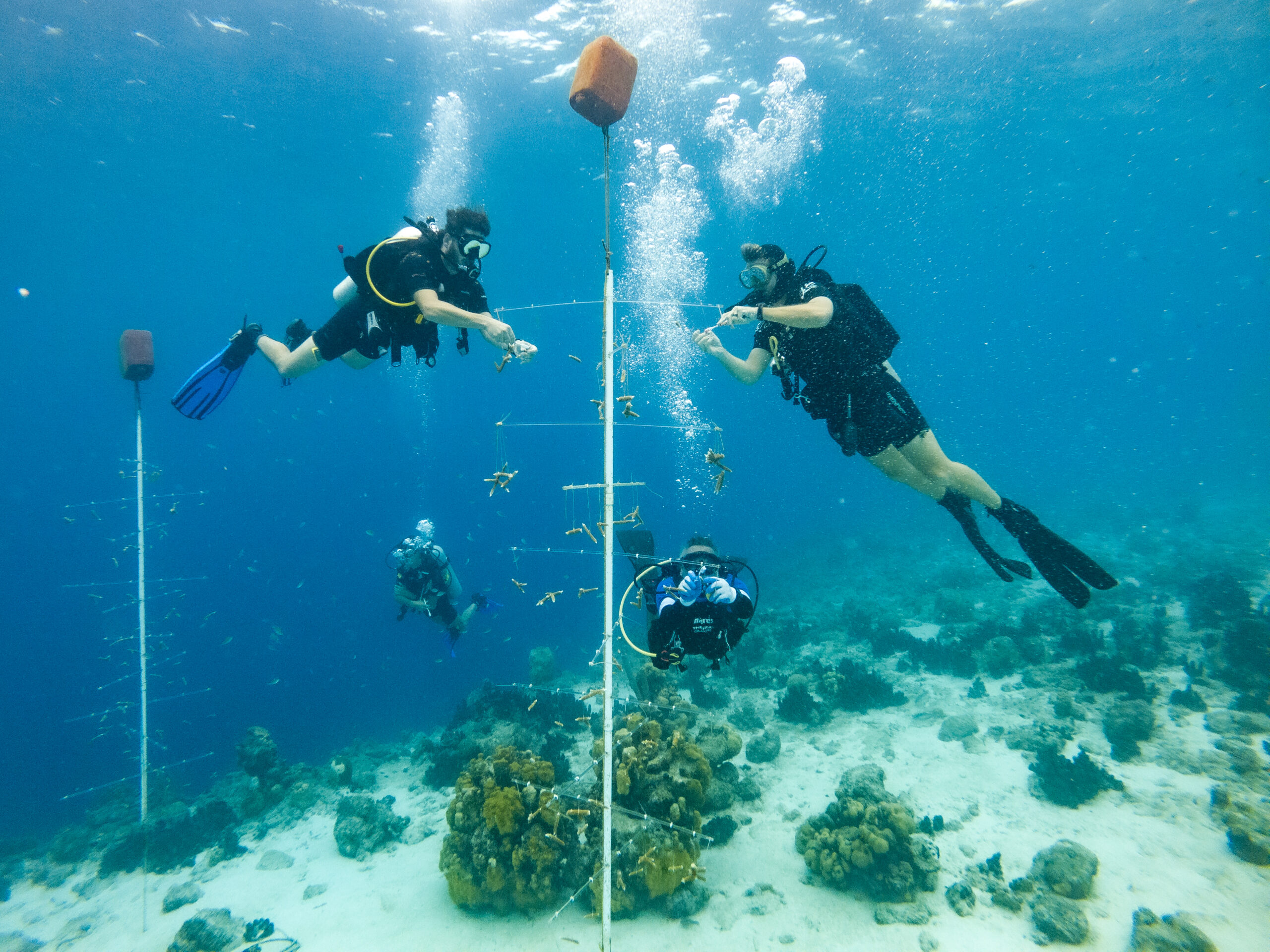
How to restore coral is something you can learn with us either on- or offline.
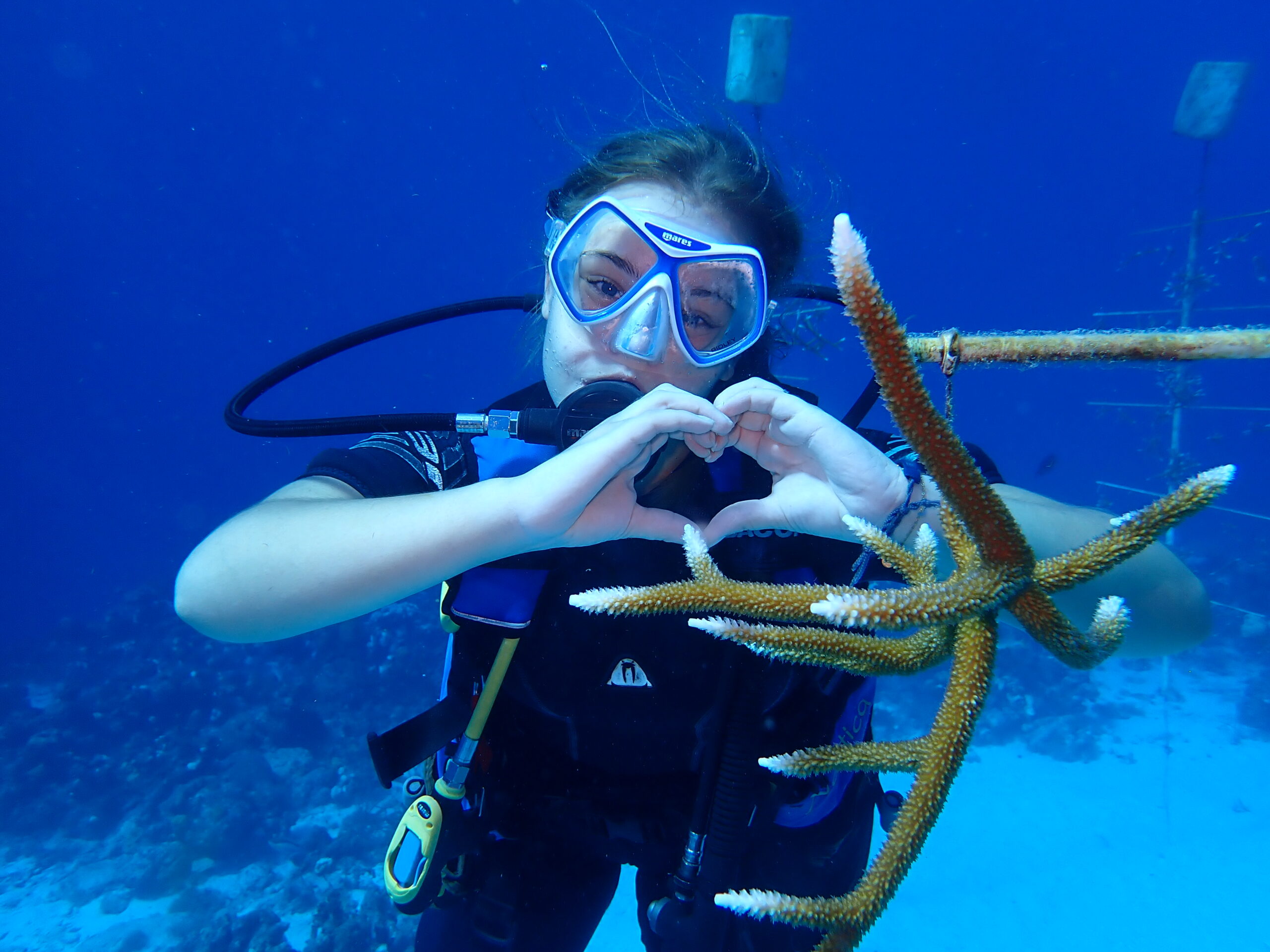
Volunteer with us
Are you an experienced diver and on Curaçao? The corals need you – come and join our volunteer network.
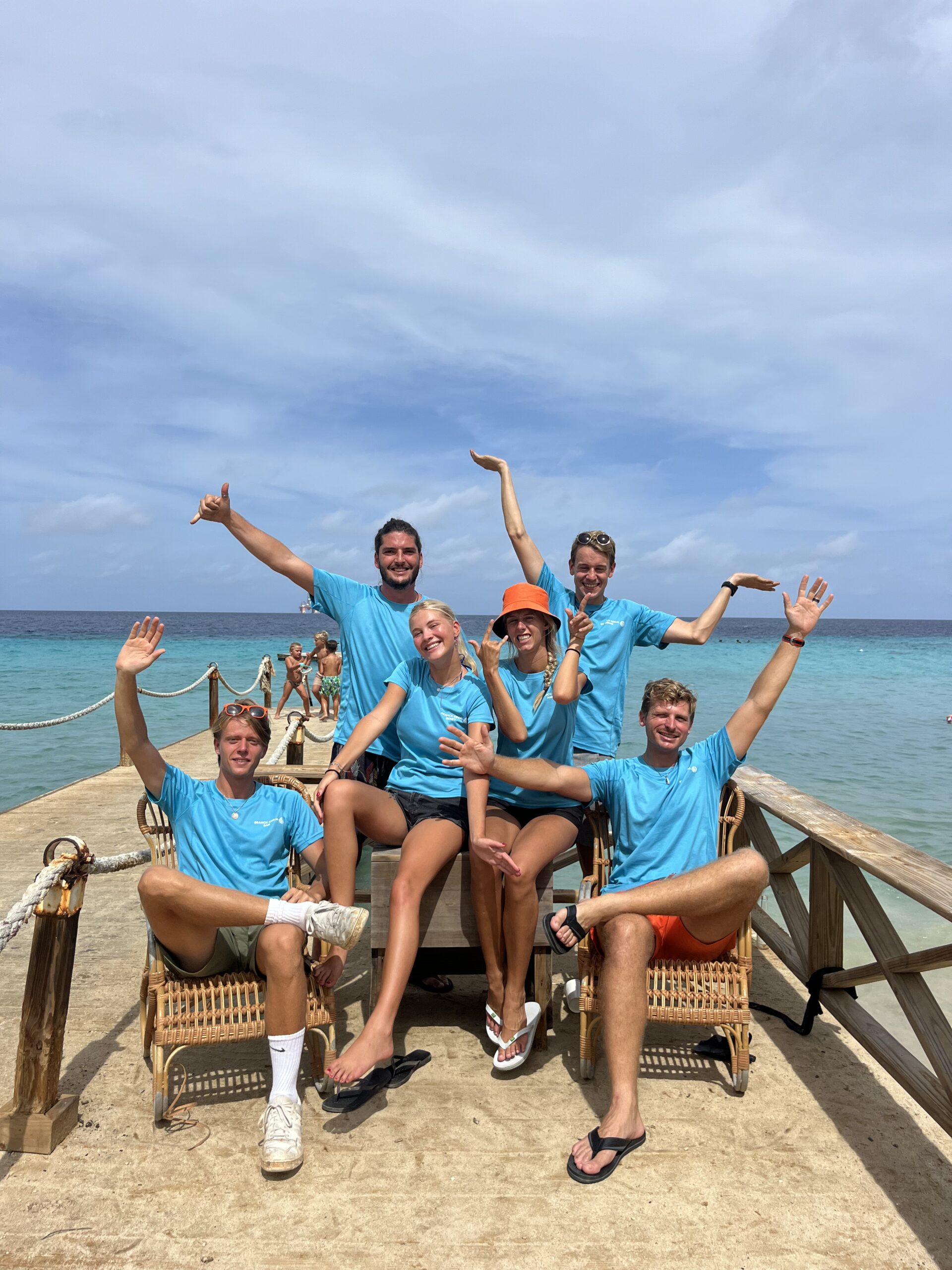
Become an intern
(Marine) biology student? Experience with growing an NGO, or just a massive coral enthusiast with a background BRANCH can benefit from? We are looking for you! Apply for your next internship!
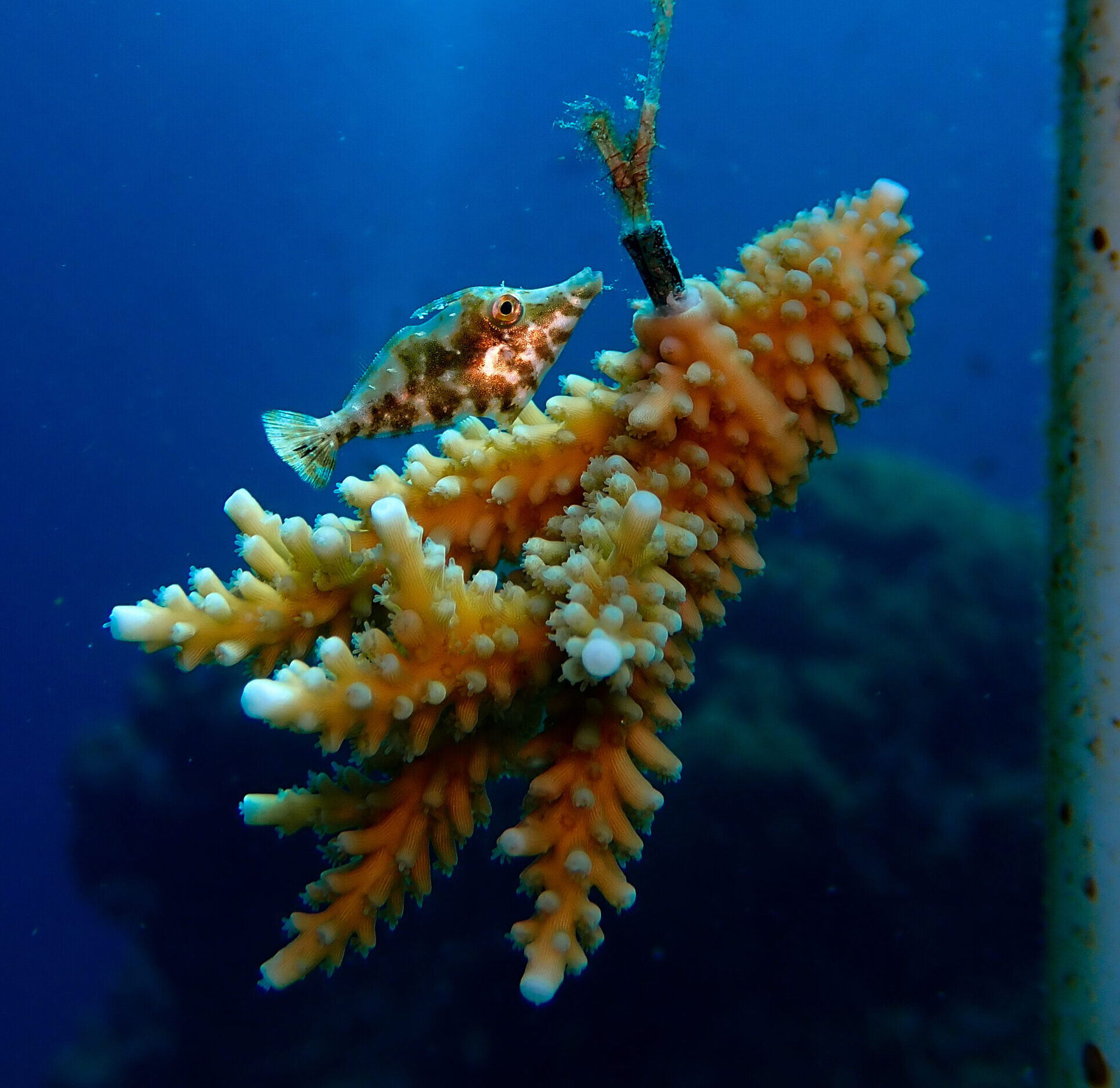
Donate in a special way. Adopt your own coral or gift the gift of giving for nature to your loved ones.
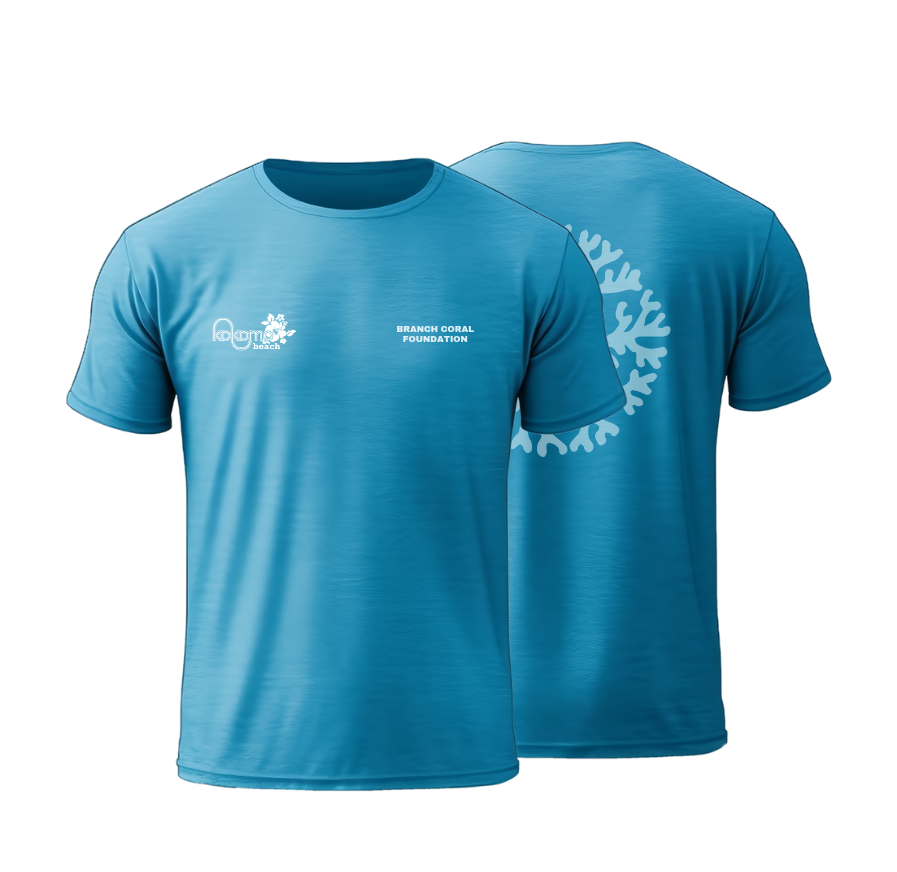
Show the World you are a true Coral Hero! Wear your reef support and shine no matter where you are. Spread the word.
